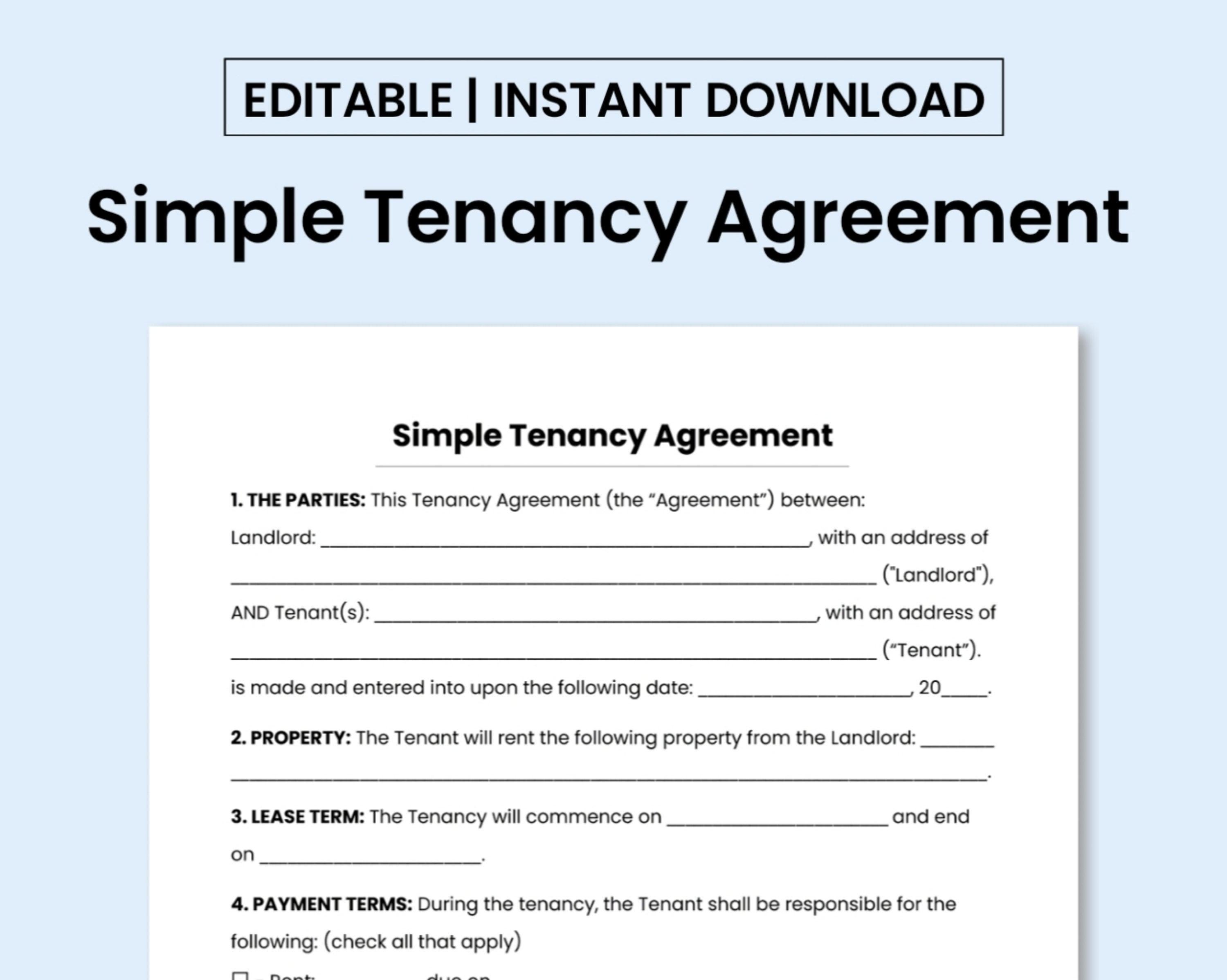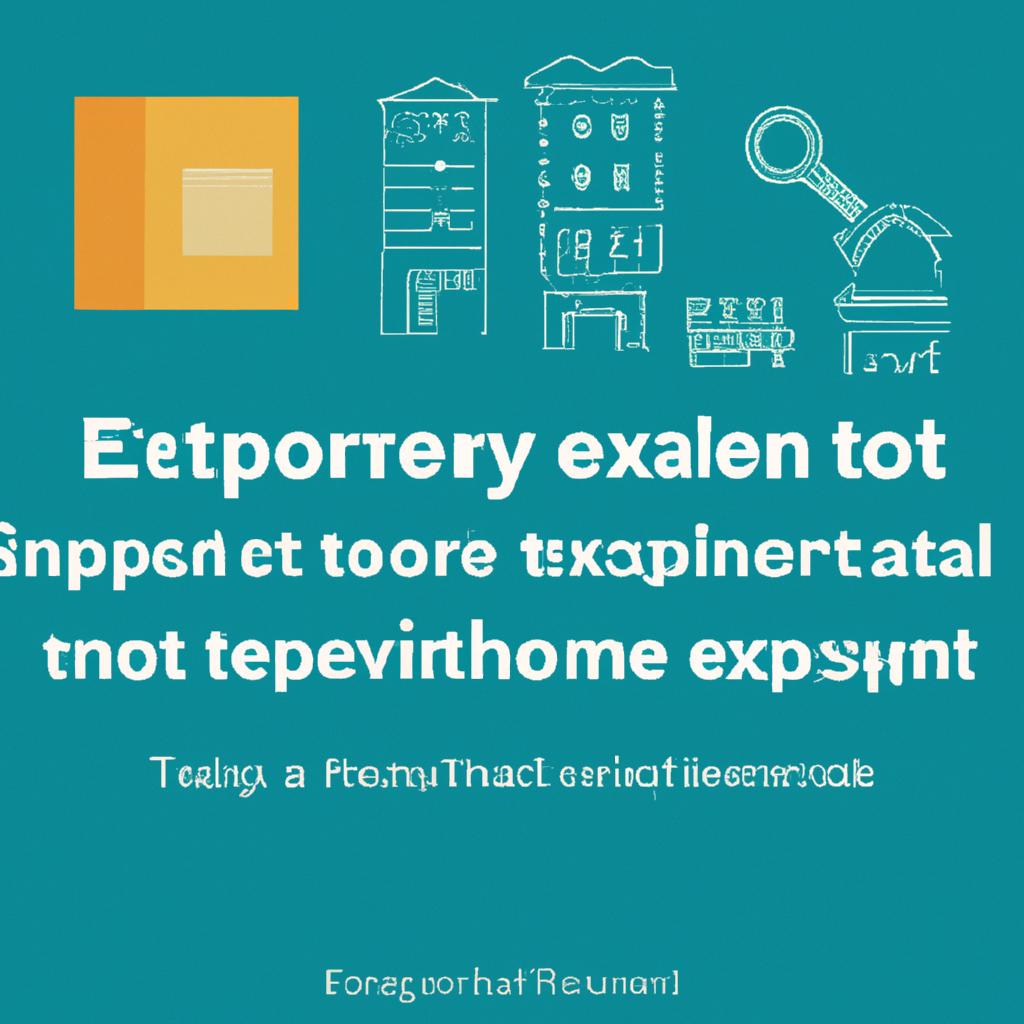The realm of property rental is filled with various tenancy options, each with its own implications on your living conditions and legal entitlements. From fixed-term contracts to month-to-month leases, the choices can seem daunting. It’s essential to comprehend the different tenancy types to make knowledgeable decisions about your housing circumstances. Let’s delve into the diverse tenancy types and their respective features.
Deciphering Various Tenancy Agreements
Short-Term Tenancy Agreement
A short-term tenancy agreement grants the tenant the privilege to inhabit a property for a predetermined duration, typically less than a year. This tenancy type is perfect for those seeking temporary housing, such as students or individuals on brief work assignments. Short-term agreements generally provide lease duration flexibility and may have higher rental costs compared to long-term leases.
Long-Term Tenancy Agreement
Conversely, a long-term tenancy agreement involves leasing a property for an extended duration, typically a year or more. Long-term contracts offer stability and security for both the landlord and the tenant. Rent prices are usually lower in long-term leases, and tenants may have the option to renew their lease at the term’s conclusion. This agreement type is ideal for individuals seeking a more permanent housing solution.
Contrasting Fixed-Term and Periodic Tenancies
Understanding the various tenancy types is vital when renting a property. Two prevalent tenancy types are Fixed-Term and Periodic Tenancies. Each type has its own set of guidelines and regulations that both landlords and tenants should be familiar with.
:
- Duration: In a Fixed-Term Tenancy, the lease contract is established for a specific duration, typically six months to a year. Conversely, a Periodic Tenancy operates on a month-to-month basis with no predetermined end date.
- Flexibility: Fixed-Term Tenancies offer stability as both parties are bound by the lease terms for the agreed duration. Periodic Tenancies, however, offer more flexibility for both the landlord and tenant as they can terminate the contract with adequate notice.
- Rent Increases: With a Fixed-Term Tenancy, the rent amount is typically fixed for the lease duration. In a Periodic Tenancy, the landlord may increase the rent with proper notice, usually 30 days in advance.
- Termination: Terminating a Fixed-Term Tenancy before the agreed date may result in penalties or fees. In contrast, a Periodic Tenancy can be terminated by either party with adequate notice, typically 30 days in advance.
Advantages and Disadvantages of Joint Tenancy vs. Tenancy in Common
When deciding on the tenancy type to choose, it’s crucial to consider the advantages and disadvantages of joint tenancy and tenancy in common. Both have their pros and cons, depending on your unique circumstances and preferences.
Joint Tenancy:
- All parties involved have equal ownership.
- If one owner passes away, their share automatically transfers to the remaining owner(s).
- Offers inherent survivorship rights, ensuring a smooth transfer of ownership.
Tenancy in Common:
- Owners can have unequal shares in the property.
- Each owner can sell or transfer their share without the consent of other owners.
- Upon an owner’s death, their share will pass to their heirs, not necessarily the other owners.
Selecting the Appropriate Tenancy Type for Your Circumstances
When it comes to choosing a tenancy type, several factors come into play. It’s crucial to assess your individual needs and preferences before making a decision. Here are some key considerations:
-
Length of Stay: Decide whether you require a short-term or long-term tenancy agreement. Short-term leases offer flexibility, while long-term leases provide stability.
-
Financial Considerations: Compare the costs associated with different tenancy types, such as security deposits, monthly rent, and utility expenses. Ensure the financial terms align with your budget.
-
Property Maintenance: Consider your ability and willingness to handle property maintenance tasks. Some tenancy agreements include upkeep responsibilities, while others involve landlord responsibilities.
When evaluating your options, it’s essential to prioritize your comfort, convenience, and financial health. By choosing the most suitable tenancy type for your circumstances, you can ensure a positive living experience.
Looking Ahead
As you traverse the property rental landscape, understanding the different tenancy types is essential to make informed decisions that align with your needs and preferences. Whether you choose a fixed-term lease or a periodic tenancy, each tenancy type comes with its own set of rights and responsibilities. By familiarizing yourself with these different arrangements, you can ensure a smooth and hassle-free renting experience. Always seek clarification from your landlord or property manager if you have any queries about the tenancy agreement you are entering into. Enjoy your new home!

Exploring the Different Types of Tenancy: What You Need to Know
When it comes to renting a property, understanding the different types of tenancy agreements can be crucial in ensuring both landlords and tenants are protected. From short-term leases to long-term contracts, each type of tenancy comes with its own set of rules and regulations. In this article, we will explore the various types of tenancy agreements, what you need to know about them, and how they can impact your rental experience.
Types of Tenancy Agreements
1. Assured Shorthold Tenancy (AST)
Assured Shorthold Tenancy (AST) is the most common form of tenancy agreement in the UK. It typically lasts for a fixed term of six months to a year, after which it can be renewed or renegotiated. ASTs provide tenants with certain rights and protections, such as the right to live in the property undisturbed for the duration of the tenancy.
2. Periodic Tenancy
A periodic tenancy is a tenancy agreement that rolls on a week-to-week or month-to-month basis. This type of tenancy is usually created when a fixed-term AST comes to an end and is not renewed. Periodic tenancies offer flexibility for both tenants and landlords, as they can be ended with proper notice.
3. Fixed-term Tenancy
A fixed-term tenancy is a lease agreement that is set for a specific period of time, such as six months or a year. During the fixed-term period, the terms and conditions of the agreement cannot be changed unless both parties agree. Fixed-term tenancies provide security for both landlords and tenants, as they guarantee a set rental income for a specified timeframe.
4. Joint Tenancy
A joint tenancy is a tenancy agreement where two or more people rent a property together. Each tenant is jointly and severally liable for the full rent amount and any damages or breaches of the agreement. Joint tenancies are common among students or young professionals who want to share living expenses.
Benefits and Practical Tips
When it comes to renting a property, understanding the different types of tenancy agreements can help you make informed decisions and protect your rights as a tenant. Here are some practical tips to consider:
- Always read your tenancy agreement carefully before signing
- Keep a copy of your tenancy agreement in a safe place
- Communicate openly with your landlord or letting agent
- Report any maintenance issues or repairs promptly
- Know your rights as a tenant and seek legal advice if needed
Case Studies
Let’s look at a couple of real-life examples to understand how different types of tenancy agreements can impact landlords and tenants:
| Case Study 1 | AST | Periodic Tenancy |
| Landlord A | Rents out a property on a fixed-term AST | Tenancy transitions to a periodic tenancy |
| Tenant A | Has security of tenure for the fixed term | Can provide notice to end the tenancy at any time |
In this case study, both the landlord and tenant have certain rights and responsibilities based on the type of tenancy agreement in place. The transition from an AST to a periodic tenancy can impact the flexibility and security of both parties.
First-hand Experience
As a tenant, I have experienced different types of tenancy agreements first-hand. From ASTs to periodic tenancies, each agreement has had its own set of challenges and benefits. By understanding the terms and conditions of my tenancy agreement, I have been able to navigate rental issues effectively and maintain a positive relationship with my landlord.
exploring the different types of tenancy agreements can help you make informed decisions when renting a property. Whether you are a landlord or tenant, knowing your rights and responsibilities is essential for a smooth rental experience. By staying informed and communicating openly with the other party, you can avoid misunderstandings and disputes that may arise during the tenancy.


